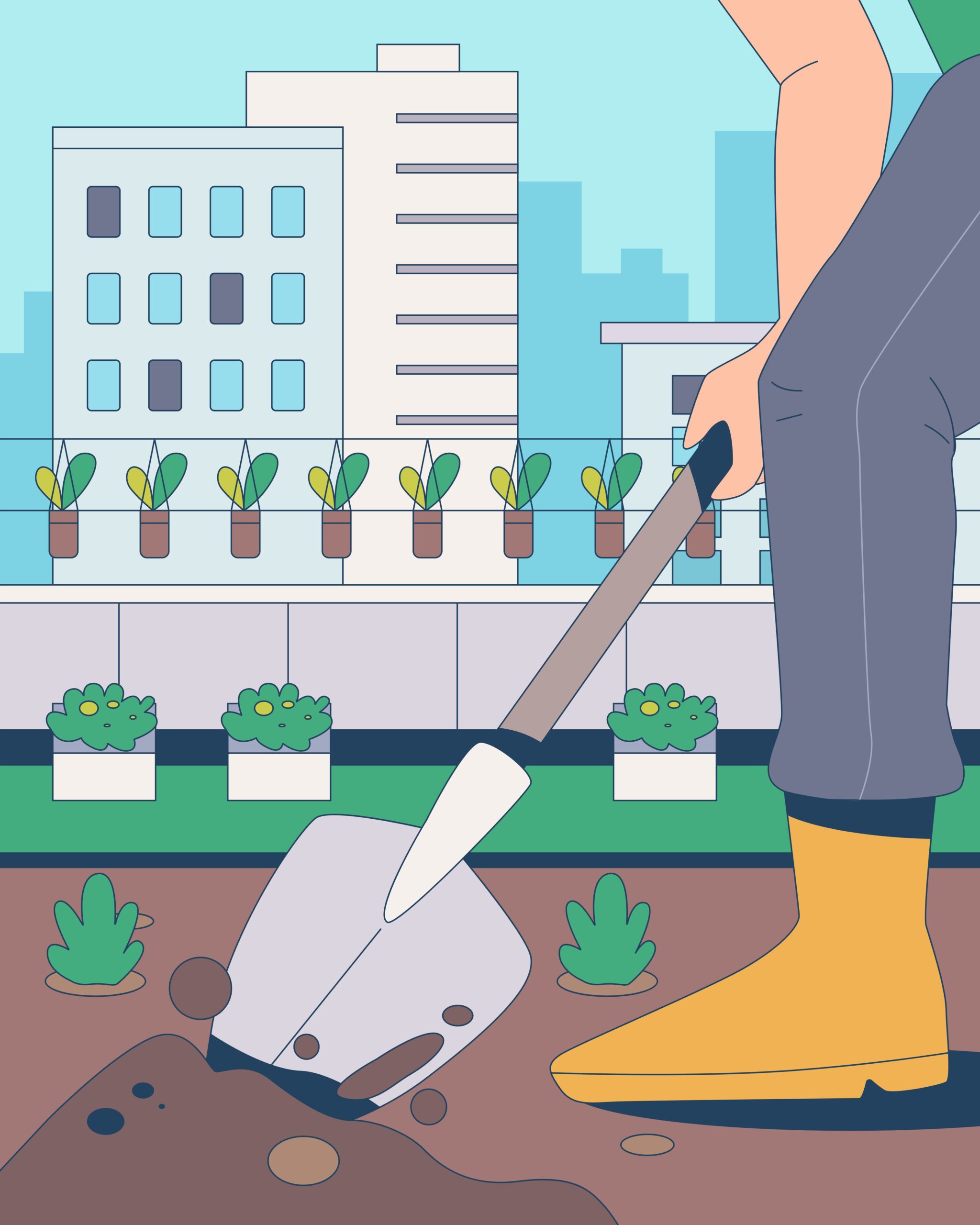Which is more effective for deadlifts: a straight Smith machine or an angled Smith machine?
When it comes to using a straight (vertical) Smith machine versus an angled Smith machine for deadlifts, the effectiveness depends on the structure of the machine and the type of muscle activation you’re targeting. Here’s a detailed breakdown:
1. Straight Smith Machine
- Features:
- The barbell moves strictly vertically, with the motion path completely fixed.
- Natural barbell movement (slightly backward during a conventional deadlift) is restricted.
- Effectiveness:
- Helps stabilize your form, making it easier to focus on the movement.
- Primarily targets the lower back (erector spinae), hamstrings, and glutes.
- Since the natural barbell path is restricted, it differs slightly from a traditional deadlift’s muscle activation.
- Best Use:
- Ideal for beginners learning proper form.
- Useful for isolating specific muscles, especially the back and legs.
2. Angled Smith Machine
- Features:
- The barbell moves in a slightly angled trajectory, designed to mimic a more natural barbell path (slightly forward or backward).
- This closer resembles the free-weight motion of a conventional deadlift.
- Effectiveness:
- Allows for a movement pattern similar to free-weight deadlifts, offering more balanced muscle activation across the hamstrings, glutes, and lower back.
- Easier to focus on progressive overload and hypertrophy due to the smoother and more natural movement.
- Best Use:
- Great as a substitute for free-weight deadlifts if you want a closer simulation.
- Ideal for targeting overall posterior chain development with heavy loads.
Which is More Effective?
- It depends on your goal:
- Straight Smith Machine: Best for isolating specific muscles (lower back or hamstrings) and stabilizing form, especially if you’re new to deadlifts or focusing on form correction.
- Angled Smith Machine: Better for simulating the natural movement of a free-weight deadlift, making it more effective for full posterior chain activation and strength development.
- If your goal is to replicate traditional deadlifts:
The angled Smith machine is superior since its motion path allows for a movement closer to the natural deadlift trajectory. - If your goal is muscle isolation:
The straight Smith machine can be more effective, as the fixed vertical path forces you to engage specific muscles.
Final Advice
Your choice depends on your training focus:
- For beginners or isolated muscle work: Straight Smith machine.
- For a natural, compound movement and progressive overload: Angled Smith machine.
In either case, it’s beneficial to mix in free-weight deadlifts when possible to balance muscle activation and functional strength.










